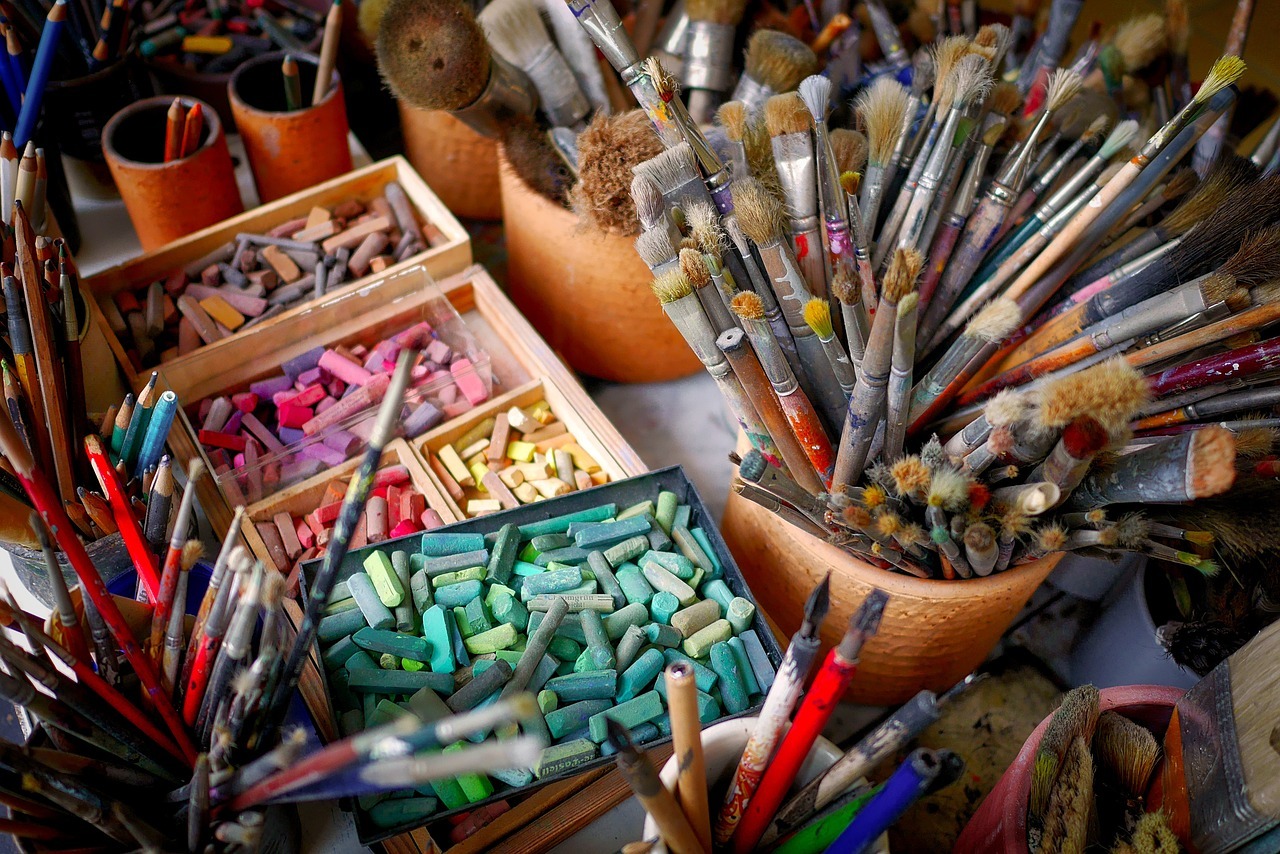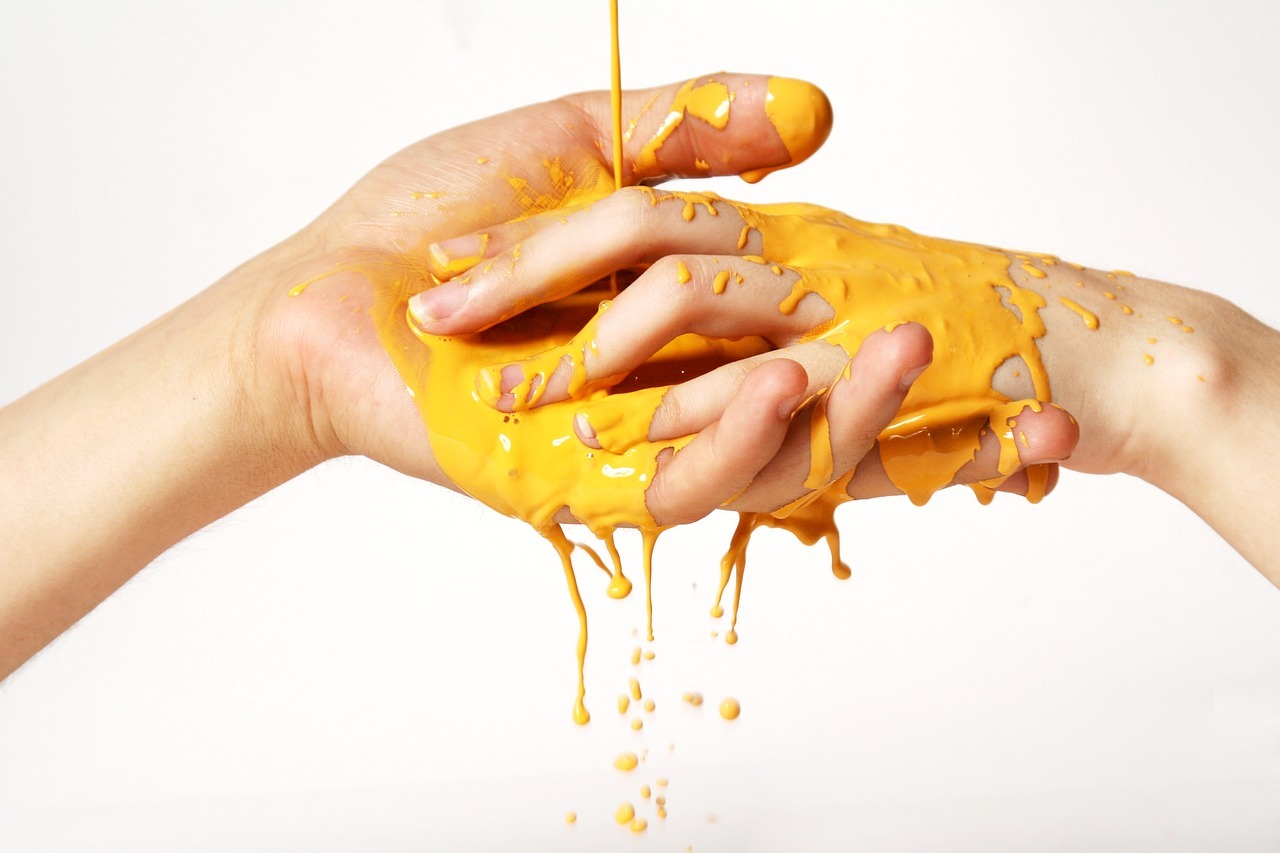
Art therapy has been used successfully for patients struggling with mental health for a long time and is becoming more and more popular.
Art Therapy
Art therapy has been used successfully for patients struggling with mental health for a long time and is becoming more and more popular.
It has proven to be a strong therapy tool for people battling depression, anxiety, cognitive impairment and dementias, Alzheimer’s, schizophrenia and autism.
The overall goal of Art Therapy is to enable clients to change and grow on a personal level through expressing, communicating and releasing feelings and thoughts with the help of artistic media in a safe and comfortable environment.
Among them, drawing and painting have been historically recognised as the most useful part of the therapeutic process.
The main function of the Art Therapy is improving cognitive and sensorimotor functions, fostering self-esteem and self-awareness, cultivating emotional resilience, promoting insight, enhancing social skills, reducing and resolving conflicts and distress.


NDIS and Art Therapy
NDIS supports Art Therapy by recognising it as a beneficial therapeutic approach for individuals with disabilities.
NDIS provides funding to participants who have Art Therapy included in their individual plan to pay for Art Therapy sessions, materials and other related expenses.
If a participant feels Art Therapy is the best choice for their needs, they can choose to include it in their plan.
Art Therapy can be included under the NDIS’s Capacity Building Supports category, designed to support activities that build the participant’s independence and skills.
Above all, my preferred approach to counselling is applying Cognitive Behavioral Therapies (CBT) concepts from a holistic perspective, helping individuals discover the root causes of their struggles and learn how to control and counteract the ways it affects their day-to-day lives on their own, without the ongoing support and dependency the traditional counselling offers.
